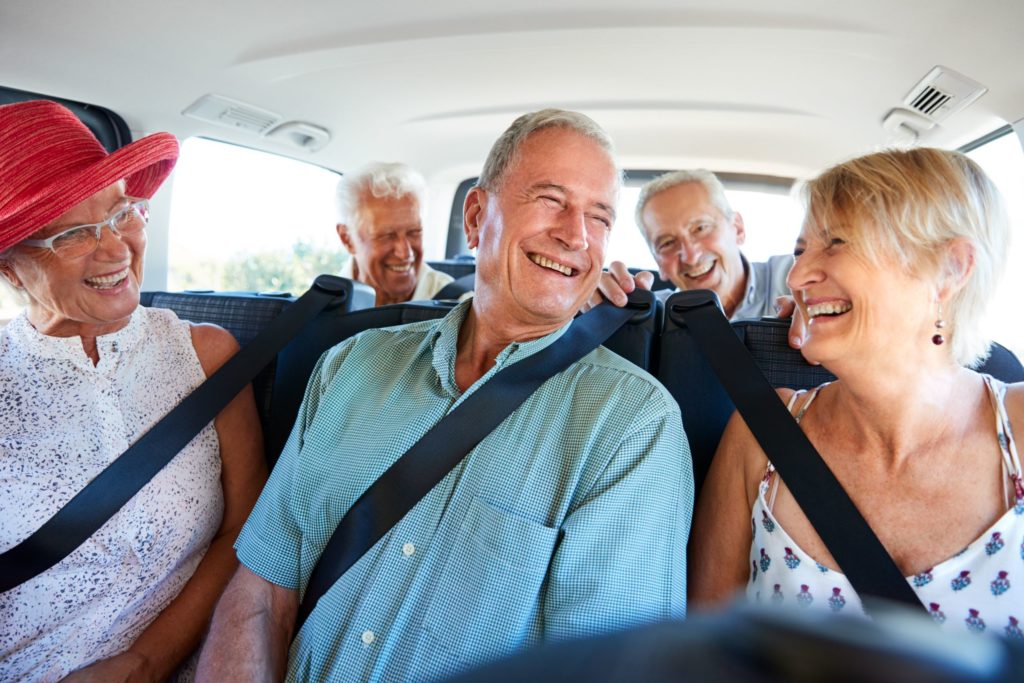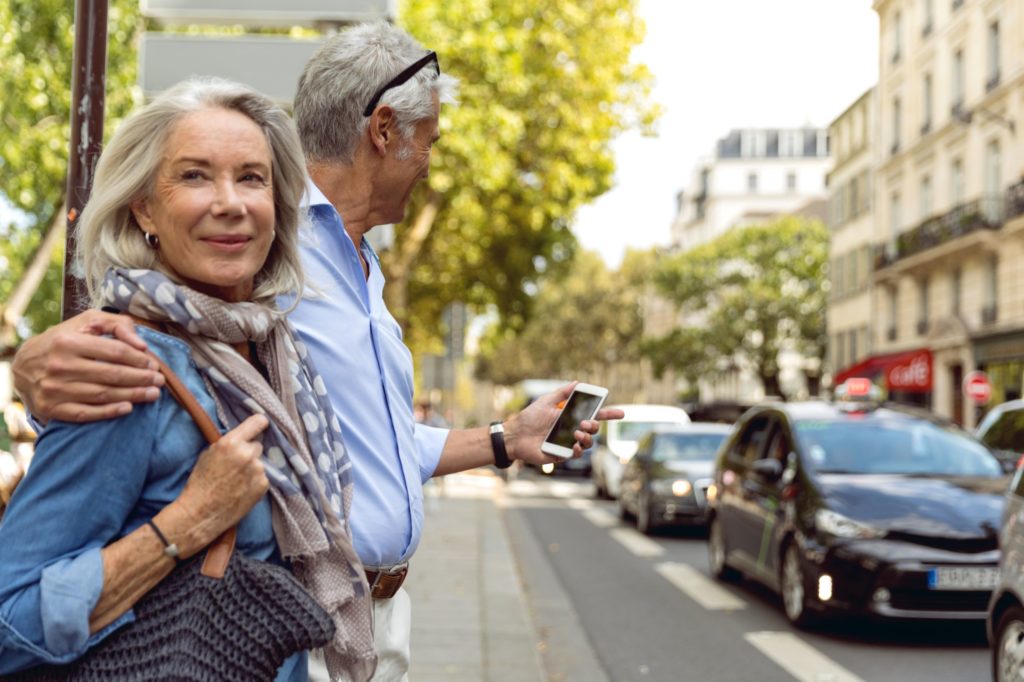Digital Seniors and Transportation

Digital Seniors: Time to go Virtual?
Talk to a Senior in your life (or if you are a Senior) and you’ll learn three things near and dear to them:
1. They want independence
2. They don’t want to be a burden
3. They don’t want to be shut in
Transportation is closely linked to those three priorities, including:
- Maintaining a Healthy Social Life
- Connecting with Family and Friends
- Shopping
- Getting Medicine
- Dining Out
- Religious Activities
- Freedom
Transportation increases our connectivity and stabilizes mental health, resulting in a greater quality of life and longevity.
Historically, increase in age has meant a decrease in driving.
For Seniors, operating a vehicle can become increasingly difficult.
Challenges on the road include:
- Making quick decisions at high speeds
- Slowed motor reflexes
- Impaired vision/hearing
- Worsening health conditions
Studies show that Senior onset of depression is significantly associated with limitations on mobility1.
But Digital Seniors have figured it out and are adopting an alternate form of transportation: Ridesharing

Uber and Lyft are currently industry leaders in this market.
But there’s a huge gap in need versus actual Senior usage of Uber and Lyft.
Whereas 45% of those ages 18-29 use Rideshare, only 13% of adults ages 65+ are Ridesharing2.
Younger demographics tend to use Uber or Lyft when going out, to save time and money, or if they don’t have a car available.
Seniors use Uber or Lyft because they don’t feel comfortable driving, it’s a good way to save money, visit friends, grocery shop and stay independent.
We expect to see a huge growth in Seniors using Uber and Lyft in the next ten years.
The advantages for Seniors using Rideshare:
- User-friendly
- Wide availability
- Senior-focused versions
- Stay mobile and independent
- Handicap accessible (on request)
- In many cases, lower annual costs
- Safer
Disadvantages:
- Prices rise with high demand
- Limited driver background checks
- May not be 100% reliable
Economics
The average cost per mile for Uber and Lyft is $1.50 – $2.005.
The average annual cost of ownership for a car is $8,4696.
Therefore, traveling less than 4,234 miles annually while Ridesharing will result in money saved.
Most Seniors are Drivers
In fact, 83% of adults 70 and over are licensed drivers7.
The average Senior drives around 7,500 miles per year8.
In 2018, there were an estimated 35 million people 70 and older living in the U.S, representing about 11% of the population.
Based on data reported by states to the Federal Highway Administration, there were approximately 29 million licensed drivers 70 and older in 2018.
According to the U.S. Census Bureau, the 70 and older population is projected to increase to 53 million in 2030.
As their population increases, Digital Seniors’ participation in apps like Uber and Lyft will help them keep their independence without driving.
Taking advantage of Ridesharing services provides the opportunity for a better quality of life and increasing longevity.
- https://agsjournals.onlinelibrary.wiley.com/doi/full/10.1111/jgs.13931
- https://news.gallup.com/poll/237965/snapshot-uses-ride-sharing-services.aspx#:~:text=Forty%2Dfive%20percent%20of%20adults,likely%20to%20use%20the%20services.
- https://www.cdc.gov/transportationsafety/older_adult_drivers/index.html#:~:text=In%202018%2C%20almost%207%2C700%20older,emergency%20departments%20for%20crash%20injuries.&text=This%20means%20that%20each%20day,700%20are%20injured%20in%20crashes.
- https://www.daspitlaw.com/personal-injury-blog/2020/april/how-often-do-uber-lyft-drivers-get-in-accidents-/#:~:text=A%20study%20from%20the%20University,car%20accidents%20in%202018%20alone.
- https://www.ridester.com/uber-rates-cost/
- https://www.nerdwallet.com/article/loans/auto-loans/total-cost-owning-car
- https://www.iihs.org/topics/older-drivers#:~:text=In%202018%2C%20there%20were%20an,2018%20(FHWA%2C%202019)
- https://www.fhwa.dot.gov/ohim/onh00/bar8.htm

